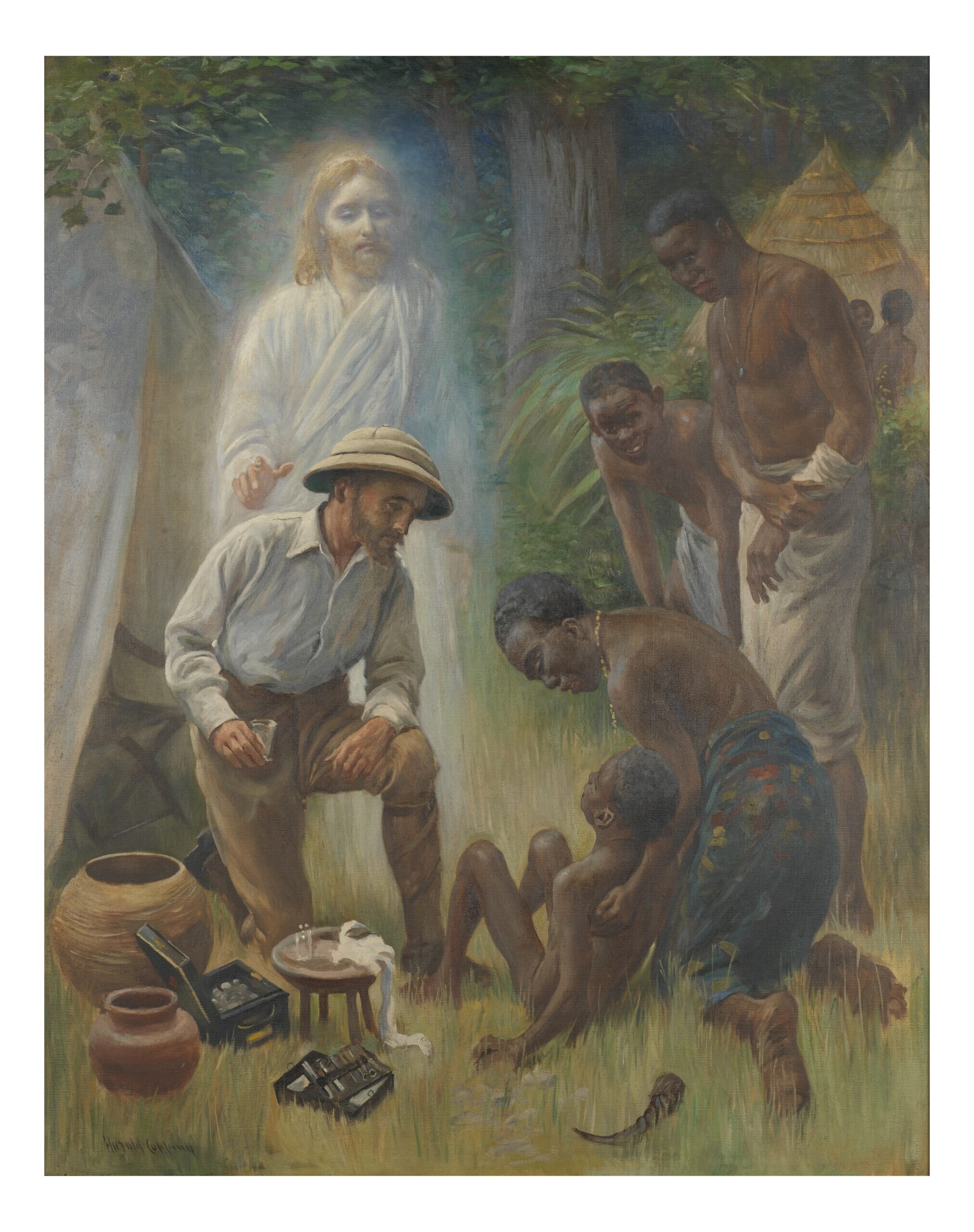Children of Medicine

I’ve touched upon medieval Islamic medicine a number of times, but I know little to nothing about their pediatric care.
In the three years that I’ve been writing this weekly column for d-Infinity, I’ve touched upon medieval Islamic medicine a number of times. For a solid chunk of history, the Islamic world was perhaps the most important center of scientific learning and knowledge in the world, which is something easy for us to forget in light of modern events in that part of the world. While I’ve touched upon their pharmacological and surgical knowledge, I realized the other day that I know little to nothing about their pediatric care. In most medieval fantasy, stories tend to follow adults and real illness is something that mostly gets shown in the elderly; the health of kids often doesn’t factor into stories, despite everything we know about child mortality and its impact on culture throughout most of human history. It’s worth our time to have an idea of what medical care of children was like in the medieval period, even if in a given fantasy setting the availability of cure magic means that children and adults are healed exactly the same way.
The earliest known text about pregnancy and care of newborns dates back to the first century CE and describes a large enough scope of problems that it’s safe to say that it was based on prior works. European pediatric medicine didn’t change very much over the subsequent thousand years, but a few notable scholars contributed newer knowledge in the Middle East and Persia. Around the year 900, Abubakr Muhammad ibn Zakaria Razi wrote a book which Europeans knew as Practica Puerorum which was an early text to advocate occasionally washing a child, and also contained what we think are some of the first descriptions of a number of childhood bone and spine problems. Roughly a century later, Abu Ali al-Husayn ibn Abd Allah ibn Sina (known more simply in the West as Avicenna) wrote one of the most complete medical texts in history, including some of the earliest guides to infant nutrition and breastfeeding. Among other surprising contributions, Avicenna’s book encourages playing music for babies to stimulate mental development – a thought that continues to be seen as a new and exciting suggestion by modern medicine after it was suggested by a few papers in the last decade.
The Islamic period saw the first observations of a number of difficult-to-observe neurological illnesses. Although little is provided for them in the way of explanation, books of this period describe various types of seizures and several forms of hydrocephalus which we still have some difficulty distinguishing today. Unsurprisingly, parasites and infections form a major bulk of these texts, as these were among the most important killers of children at the time. The books suggest regimes for optimal nutrition, recommend that children get plenty of exercise, start to receive a formal education around the age of six. Avicenna even touches upon what we would today consider psychiatric disorders, an area which most Arabic medicine particularly neglects. While his books don’t deal especially well with mood disorders or psychosis, he does describe sleep disorders in children, including nightmares and night terrors. His suggested remedies aren’t particularly effective by modern standards, but they also aren’t much less.
It’s easy for storytellers to neglect thinking about illness in children for a few reasons. For one, most of us don’t like thinking about children getting sick; it offends us and our sense of how the world ought to work. Second, the majority of games, at least in my experience, focus on adults, both as player characters and NPCs. If only for the sake verisimilitude, though, it’s useful to have an idea of how child care fits into any world. These are issues which may touch upon characters directly, depending on how storytellers run their games and whether characters are building lives and families in addition to stabbing monsters and taking their stuff, or may touch upon them more indirectly in the form of the motivations of the NPCs around them. At the very least, the flavour of any culture or society should certainly be shaped, in part, by its approach to childhood illness, and a rich game world will incorporate this, if only by its shocking absence.
More than four years ago, Dr. Eris Lis, M.D., began writing a series of brilliant and informative posts on RPGs through the eyes of a medical professional, and this is the one that appeared here on November 14, 2015. Lis is a physician, gamer, and author of the Skirmisher Publishing LLC OGL sourcebook Insults & Injuries, which is also available for the Pathfinder RPG system.






